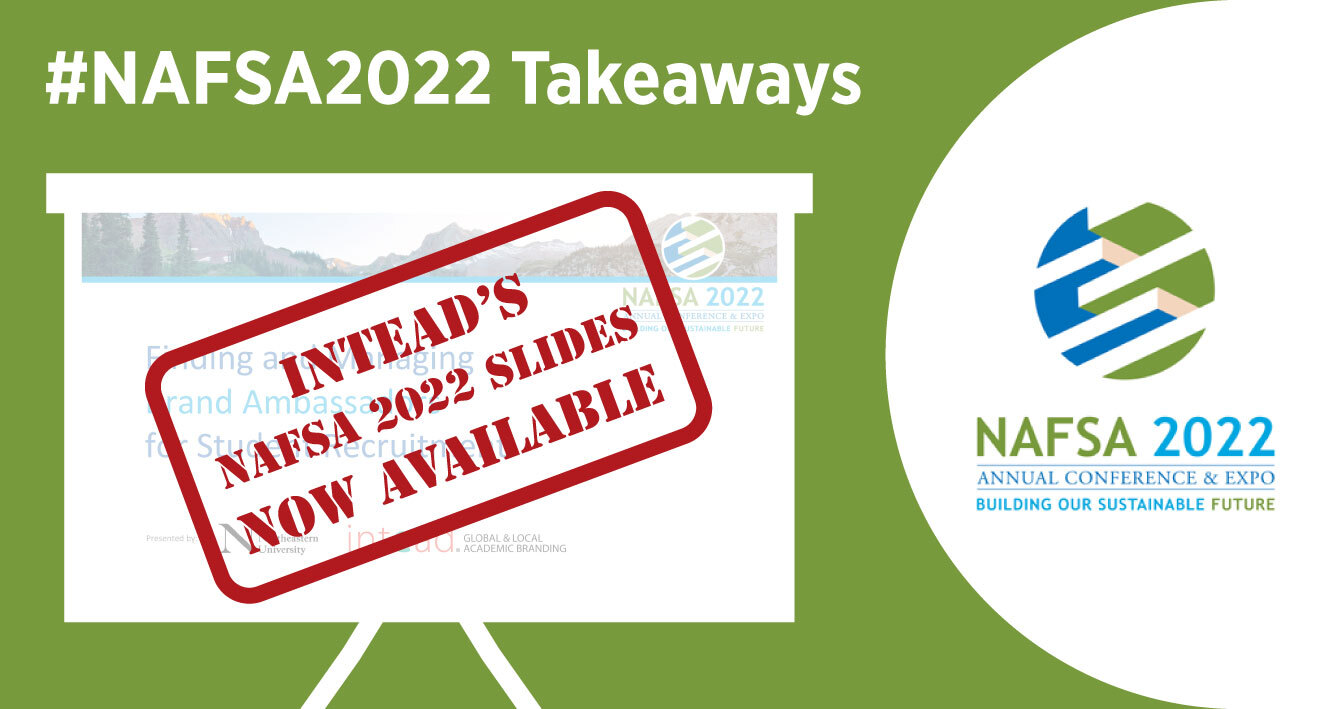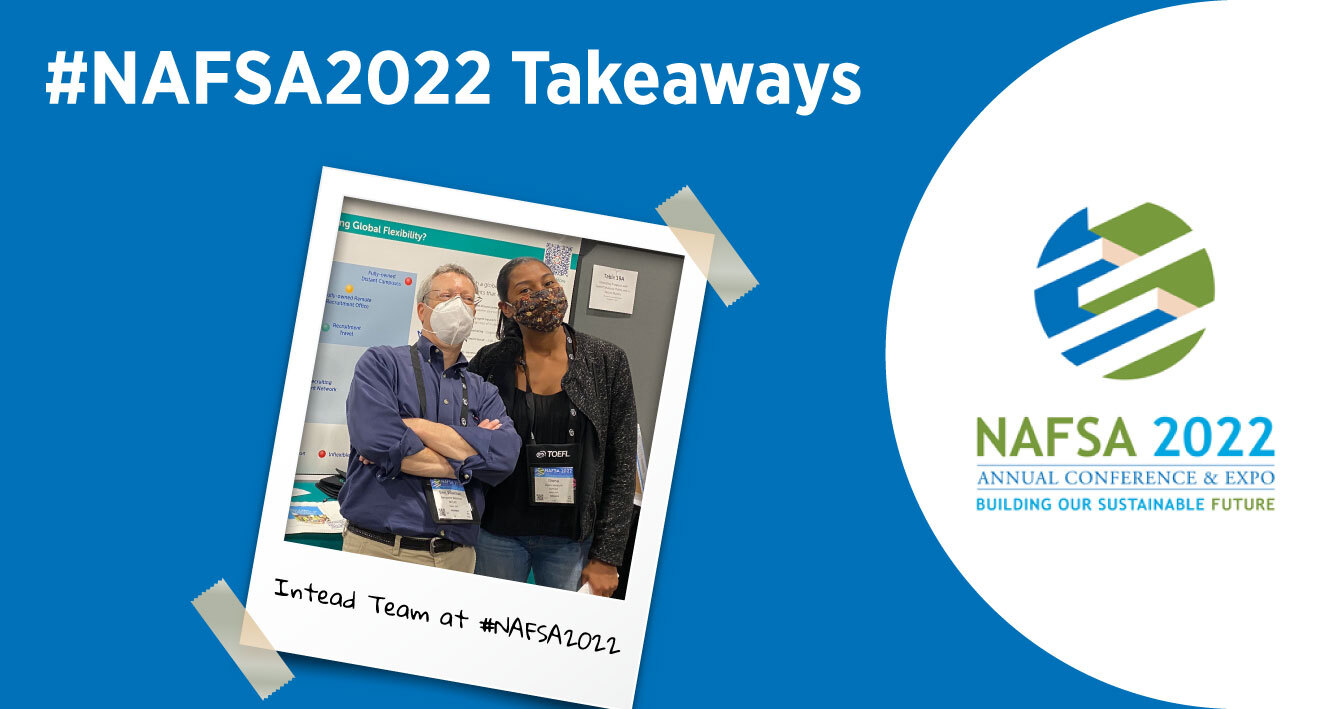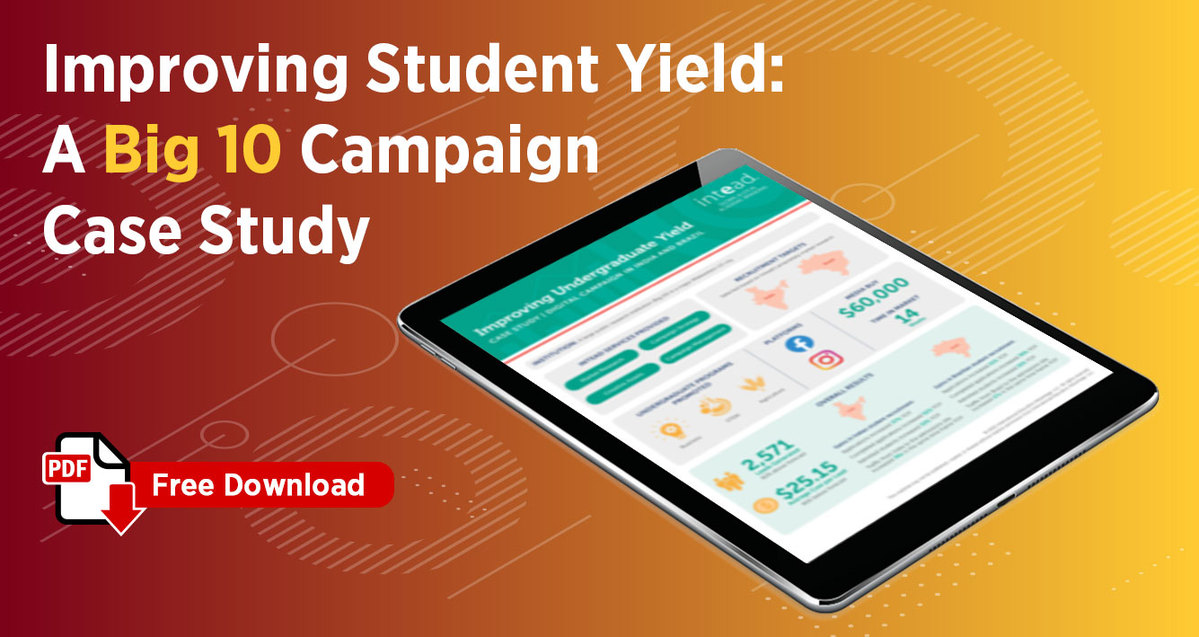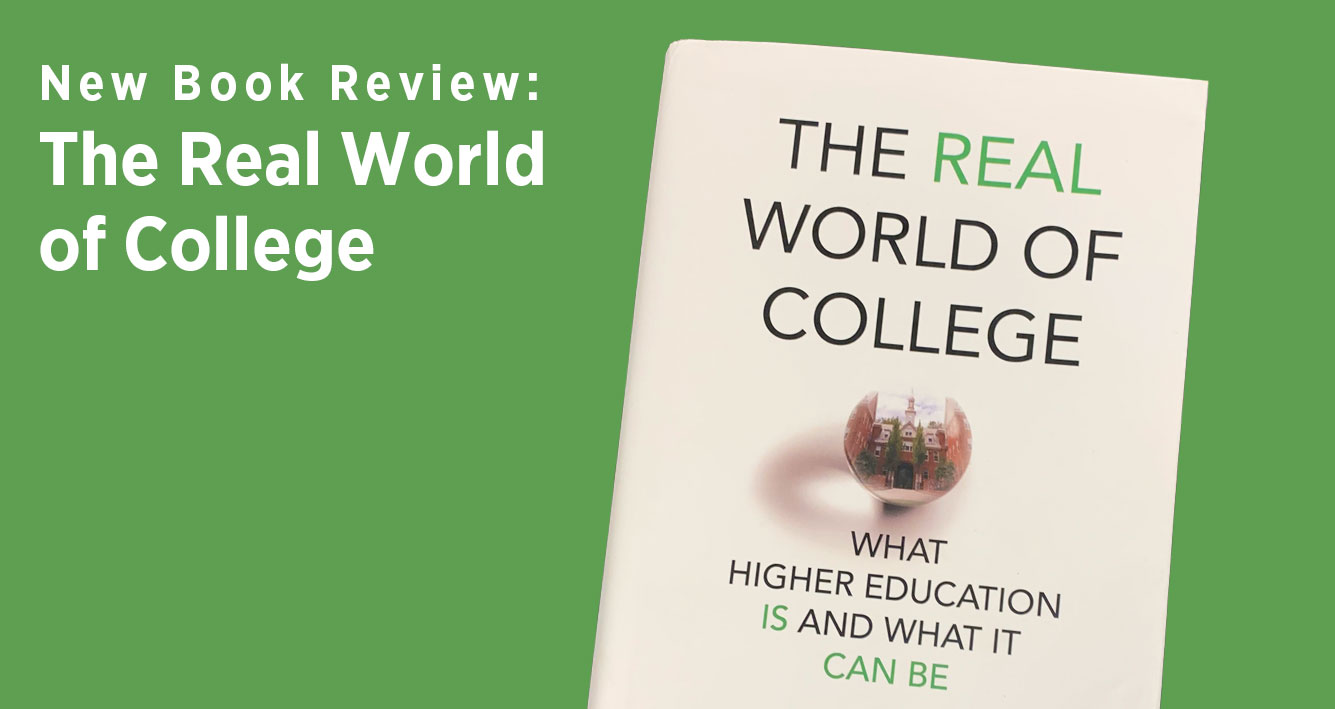With Chinese student numbers in serious flux in the US, we thought we’d check in with our colleague Sally Zhu who is currently working with international students in Ningbo, China. Our goal: find out what’s working in recruitment for institutions across the Pacific.
Sally, a contributing Intead Marketing Data Analyst and US PhD aspirant, grew up in China and acquired her post-secondary degrees in the US, returning to her home country in 2020 where she landed a job with a sino-foreign university. Today she’s working as an international student support advisor there. She has a front-row seat to what is on Chinese students’ minds.
We know this topic will be part of the hallway and session chatter throughout the NAFSA regional conferences coming up this fall. Intead will be discussing a range of student recruitment and marketing topics at Nafsa Region XI in Manchester, NH in October. If you will be there, be in touch to set up a coffee date with Ben or Iliana. We can also meet folks in California in December when AIRC and ICEF fire up. Look for some big news very soon about the learning opportunities coming up.
A couple of weeks ago, Sally sat down (virtually) with the Intead team to give her boots-on-the-ground account of how Chinese students and parents are evaluating their options today. Read on for some valuable perspective on the student recruitment market everyone is fretting about.
Read More
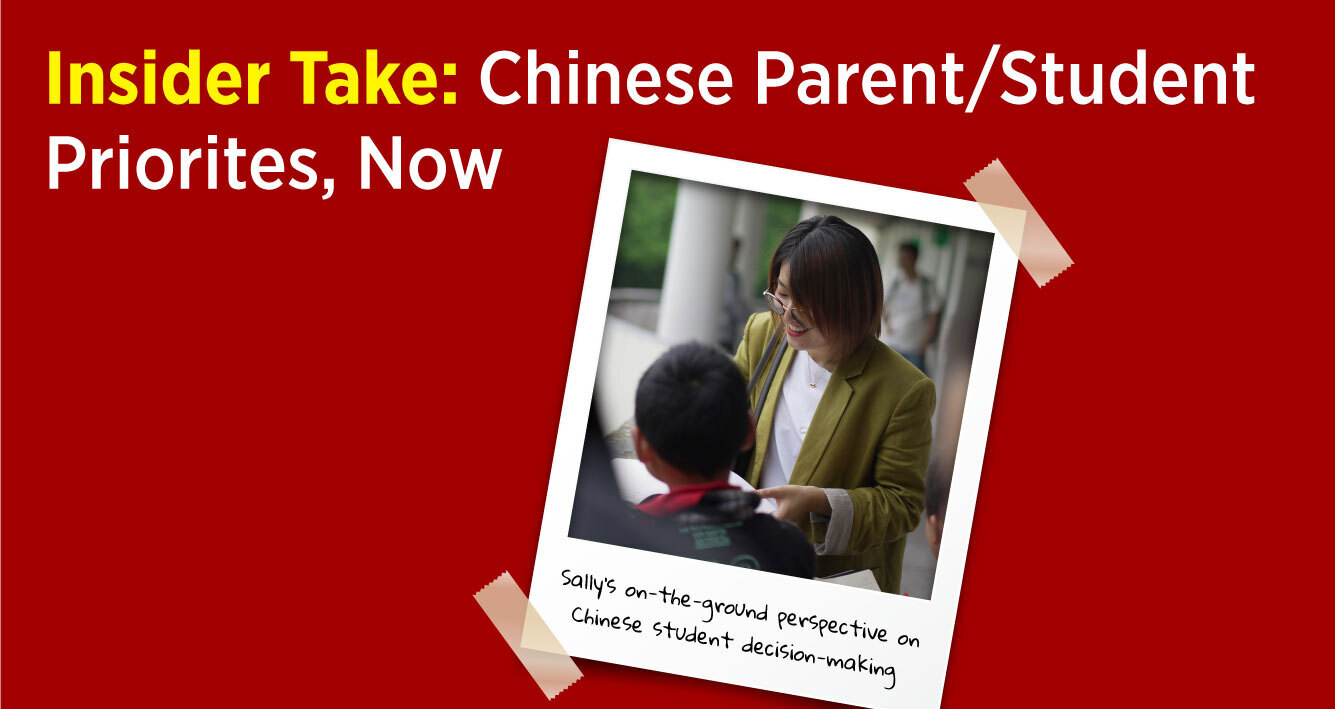
.jpeg)
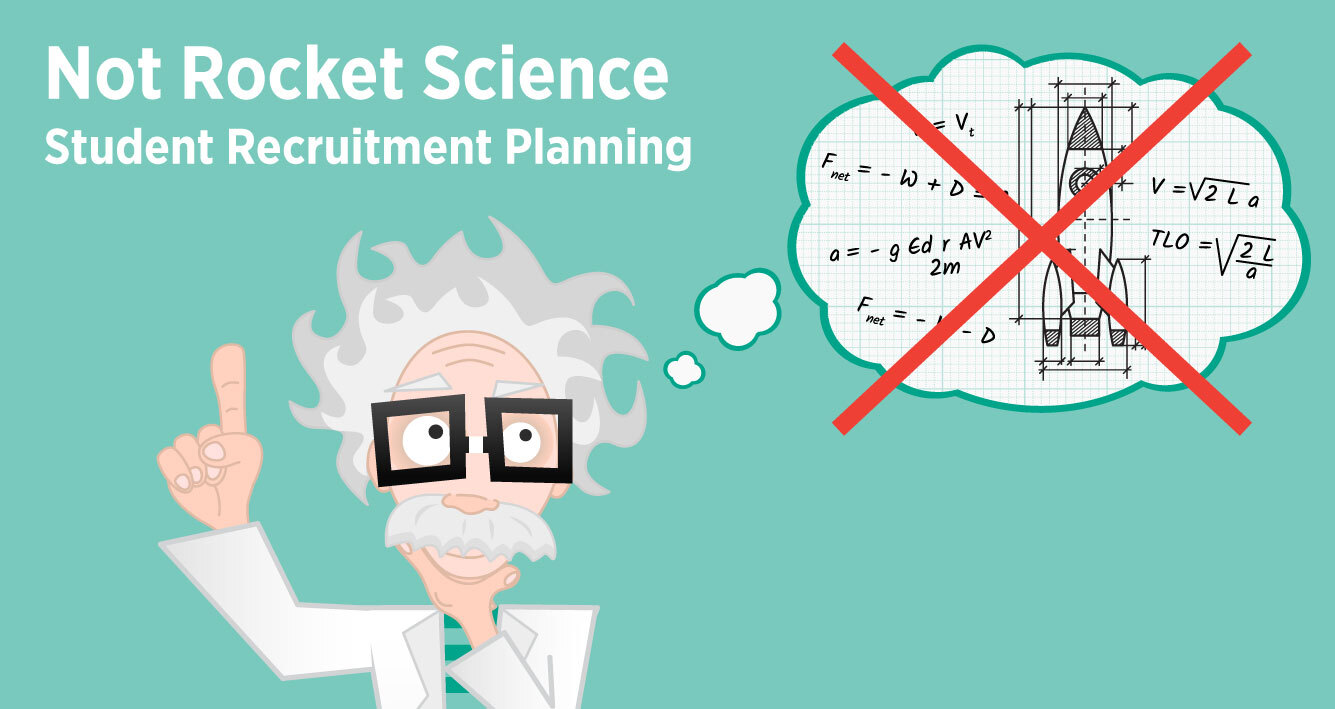
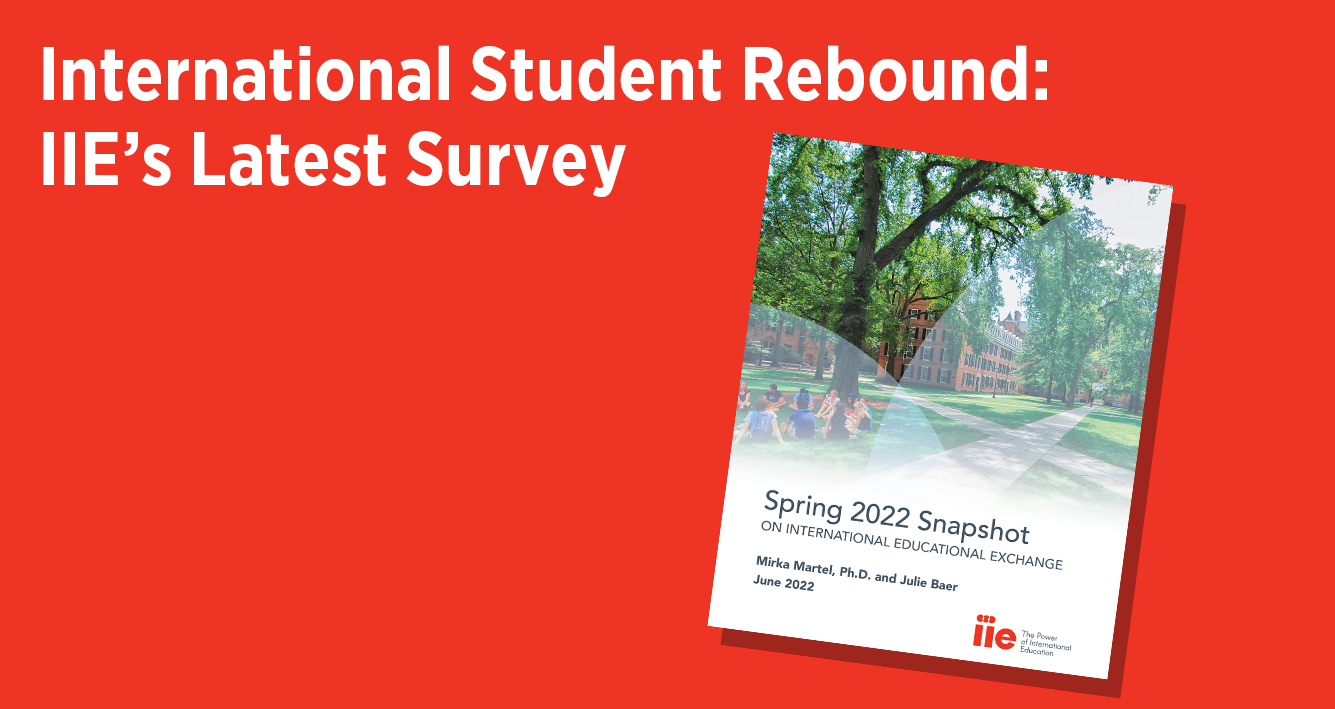
.jpg)
.jpg)
